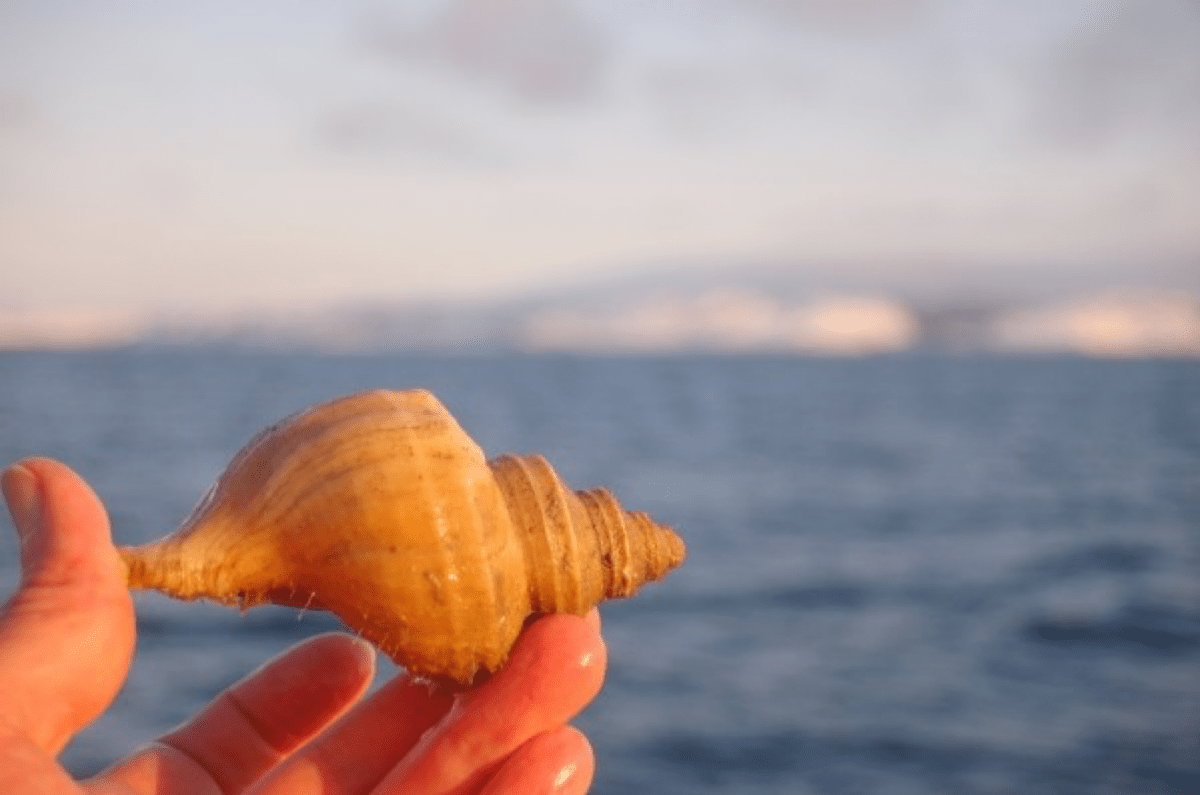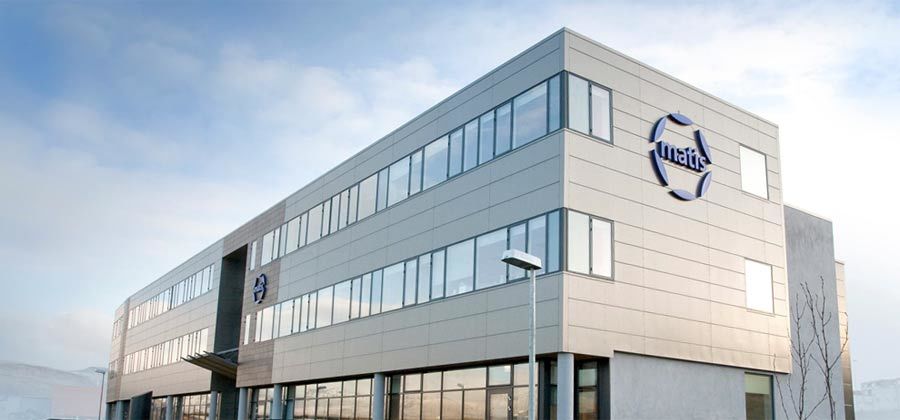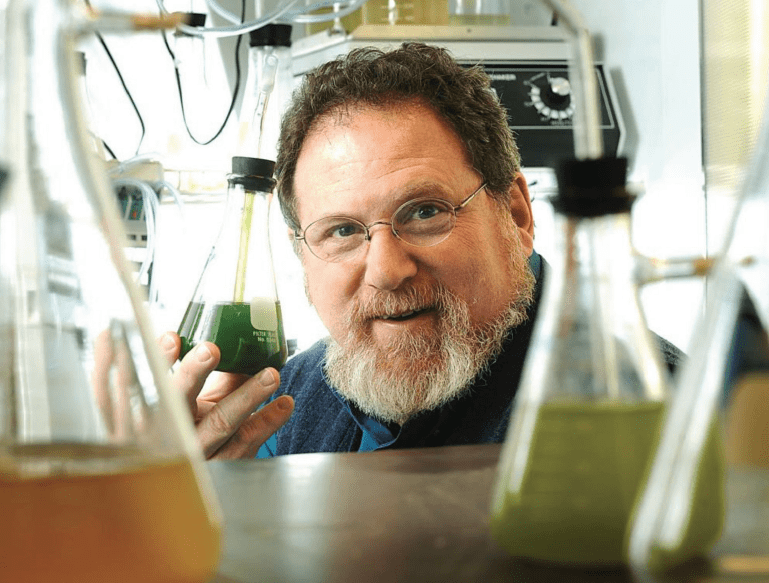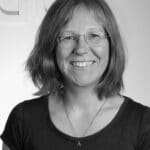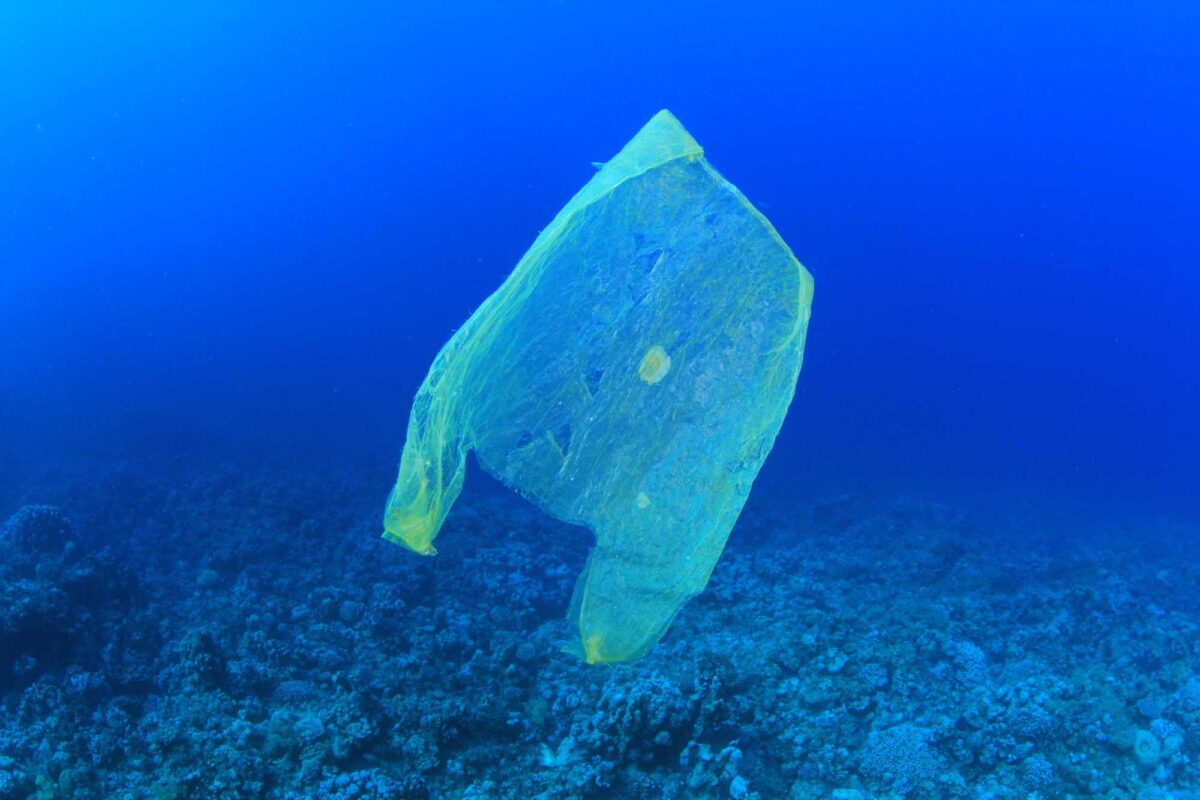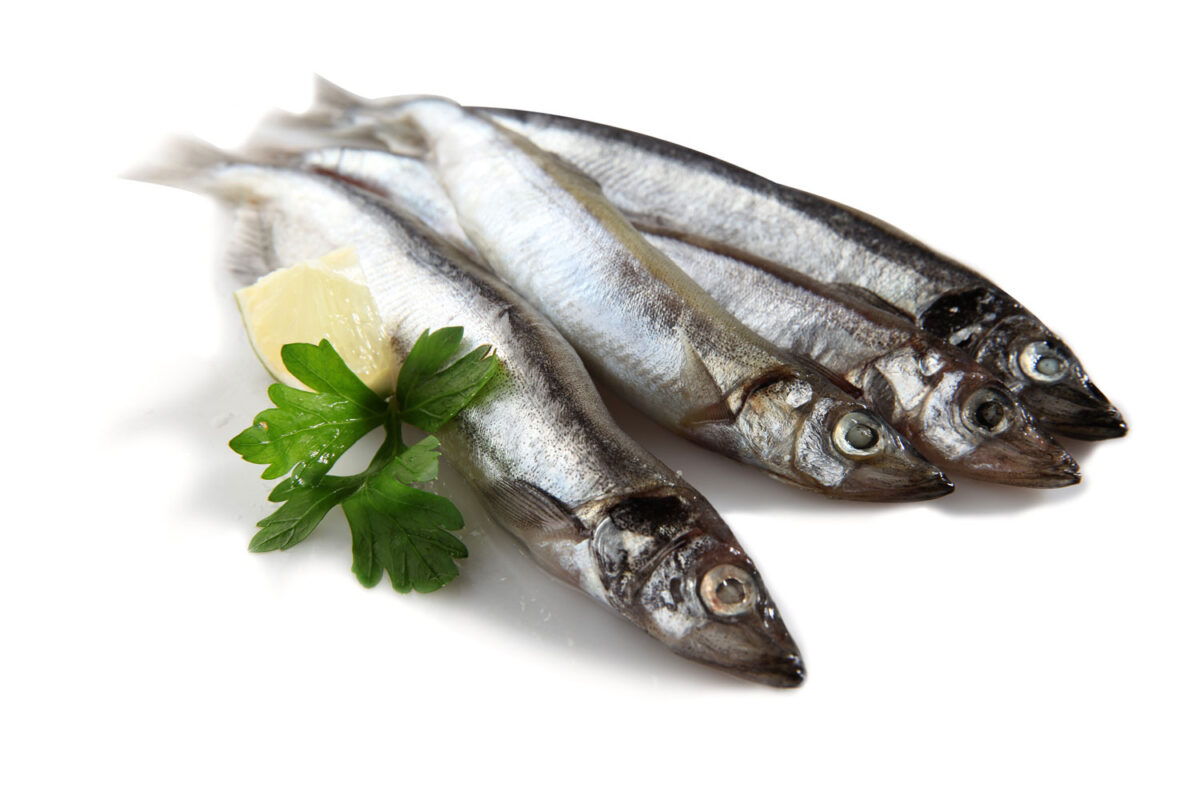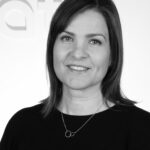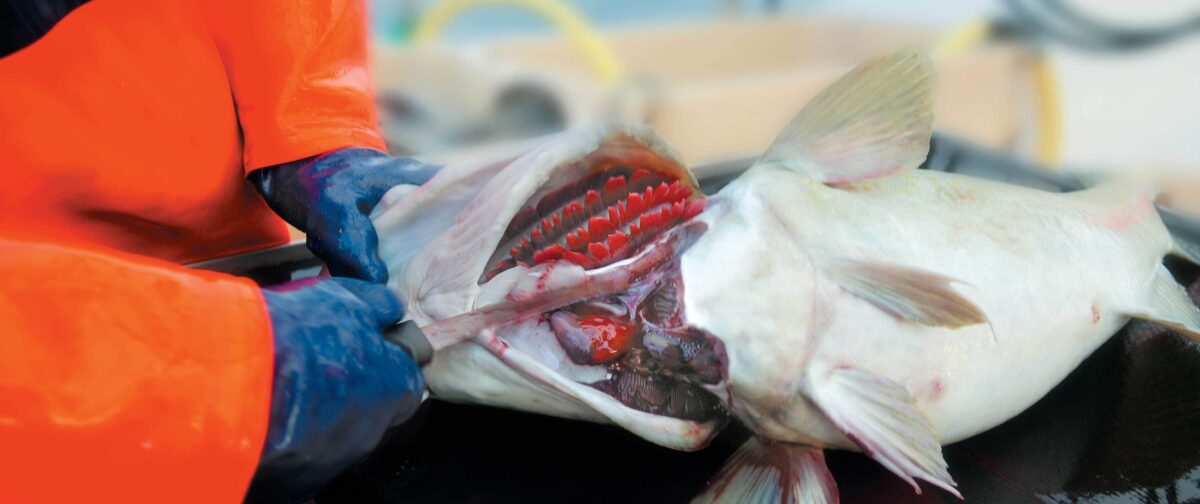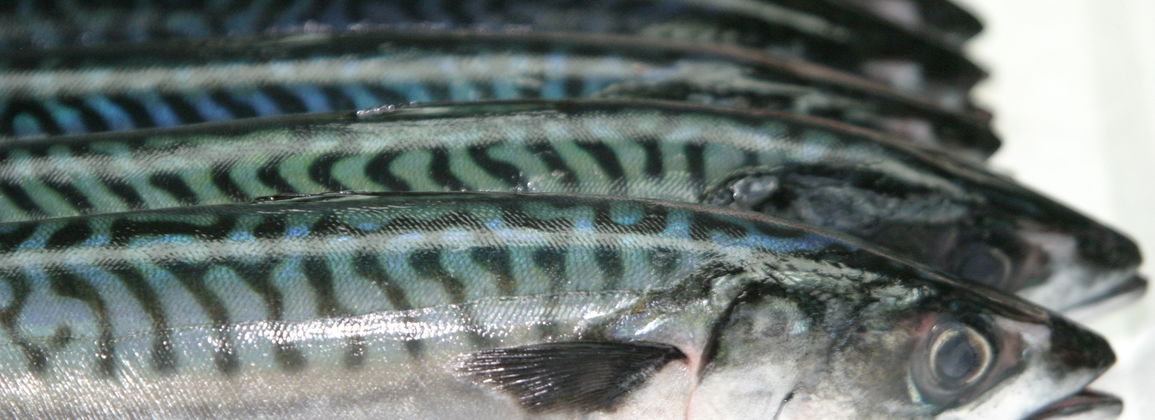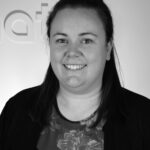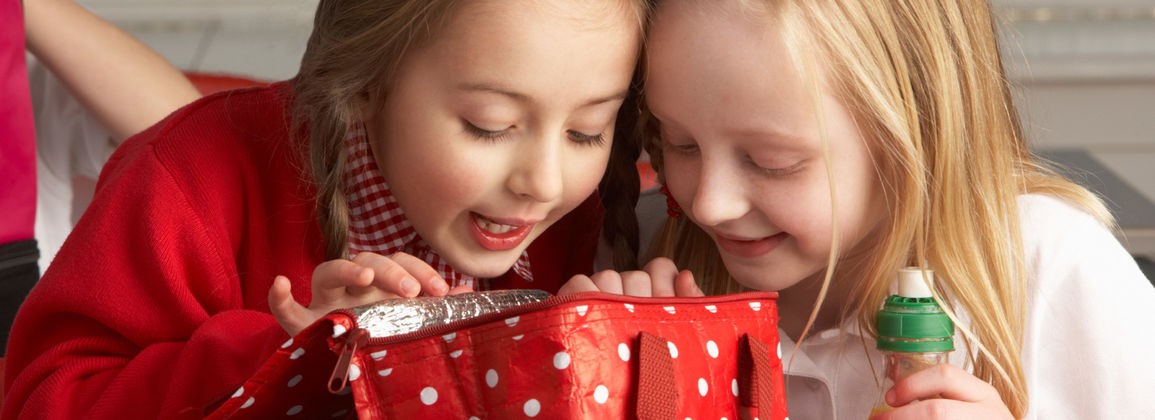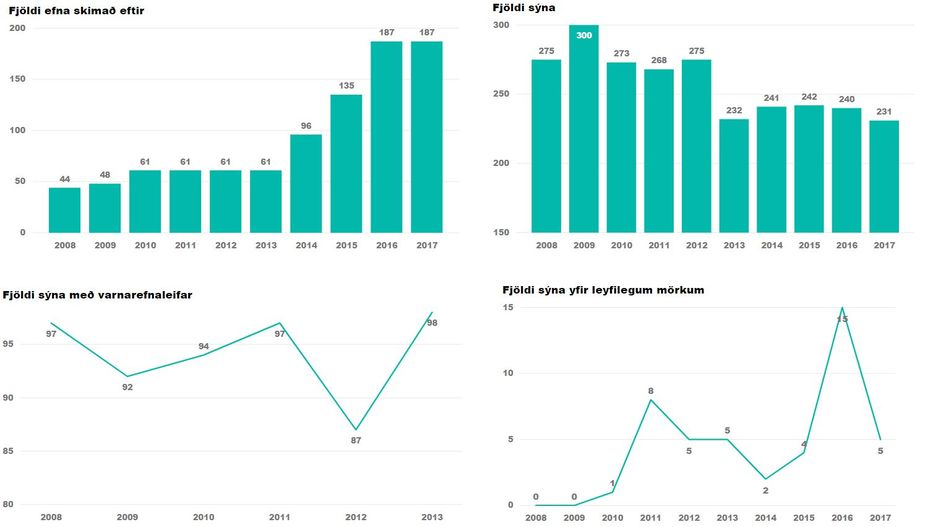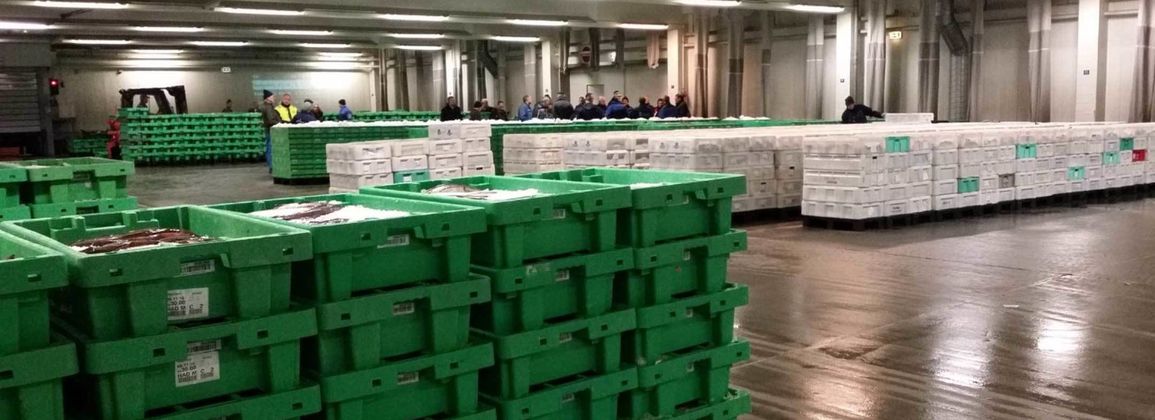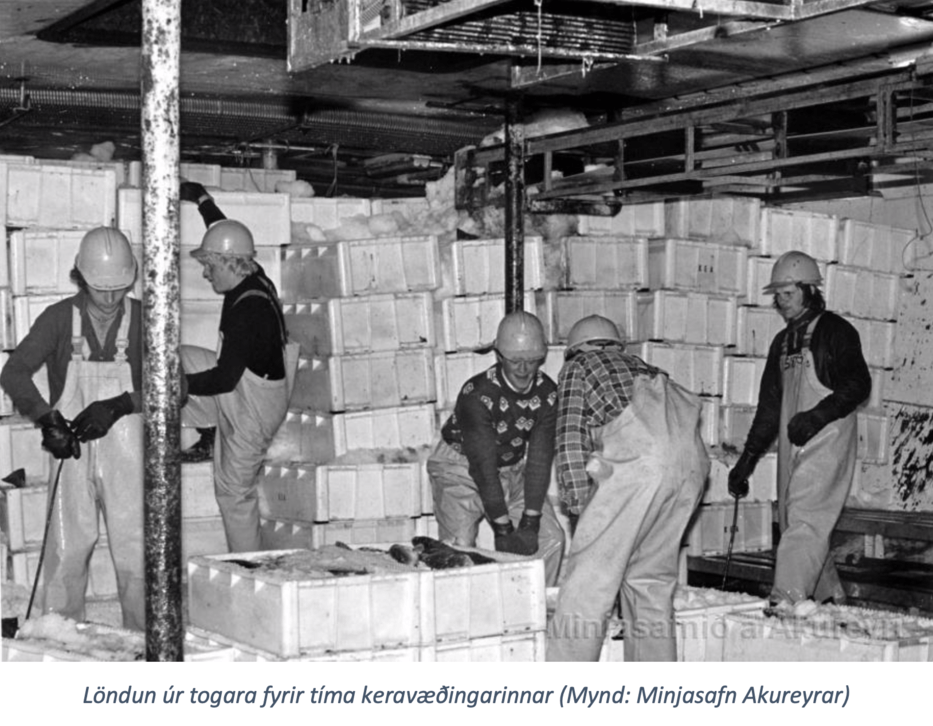King bait fishing has been practiced in Iceland for a long time and has been used both for bait and for human consumption. In Eggert Ólafsson's Travelogue from 1772, it is reported that the bait king was considered a great gentleman's food among the inhabitants of Breiðafjörður. However, it was not until 1996 that king bait fishing and processing for export really began in this country, but the company Sægarpur in Grundarfjörður paved the way. Since then, fishing in Iceland has varied somewhat from year to year, with market conditions having the greatest impact. The fishing has been practiced almost exclusively in Breiðafjörður and there are mainly two companies that have fished and processed vigorously, ie. Sægarpur in Grundarfjörður and Royal Iceland in Reykjanesbær. Sægarp's operations went bankrupt in 2013 and since then Royal Iceland has been one of the fishing companies.
The kingfishers' world catch has been around 30-35 thousand tonnes a year, with the United Kingdom and France being the largest pledge nations. There are good markets for bait king in many parts of Central and Southern Europe, as well as all over Asia. Icelandic production has, however, by far mostly gone to markets in Asia, such as China, Korea and Japan.
It is known that in certain market areas there is a considerable demand for live bait king and in some cases a higher price is paid for such a product. The relatives of Sægarp in Grundarfjörður therefore decided to investigate whether fishing, processing and exporting of live bait king was a viable option. They therefore got Matís on board and with the loyal support of the AVS fund, extensive research and experimental activities were undertaken.
Experiments were carried out with different catch treatments on board a fishing vessel and storage or transport, which gave indications that with the right handling and finishing it would be possible to keep the bait king alive for approx. week. however, the aim had been to ensure at least 10 days of survival in order for it to be considered realistic to intend to export a live bait king. However, the results of the experiments showed that when more than a week had passed since the hunt, survival decreased rapidly and the meat had become unfit for consumption on the tenth day. It is possible that these processes could be better developed to ensure better survival, but based on these results, the shelf life is not long enough to be considered a viable option at this time.
Attempts were also made to keep the bait king alive in a cycle system in a fish tank. The aim of these experiments was to investigate whether it was possible to store live bait king in a "warehouse" for processing on land. A circuit system was equipped with filter equipment that was sufficient to keep the bait king alive for a week. It is not unlikely that this time can be extended with more powerful filtering equipment than was used in these experiments. These results must be considered positive and conducive to the fact that they could be taken up by companies that process bait king.
Markets for live bait king were also examined, but it can be said that this survey has finally brought home the truth that the export of live bait king is not a viable option. It is simply a better option to win the bait king here at home. If market conditions change, however, it is not ruled out that processes can be improved to make such exports possible.
The final report of this project is now available here.

